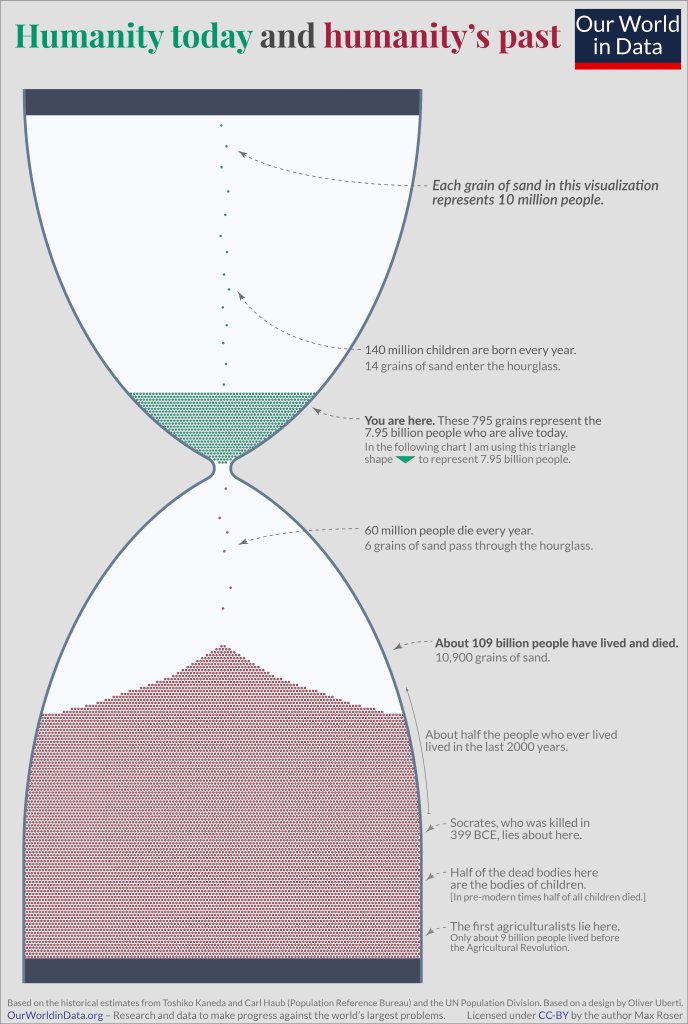Amidst all the content I consume every week, through this weekly series of ‘My Weekly Learnings’, sharing highlights of content pieces that caught my eye and provided more value than I could imagine.
(P.S. Every Sunday, I share a list of what to read, listen to, and watch, in my weekly series, The Last 7 Days. You can check out the editions here).
1. For people that experience intense sugar cravings: the cause of those cravings is dopamine. Sweet foods and drinks and foods/drinks that contain simple sugars — especially highly processed simple sugars like high fructose corn syrup, trigger two neural pathways, one that detects nutritive value and another that leads to perceived sweetness (taste), both of which result in increased dopamine. The consequence is a heightened desire to pursue and eat sweet food.
Studies show that even if the taste of something sweet is blocked, people prefer it and crave it because of so-called post-ingestive effects: neurons in the gut that respond to sugar and signal the release of dopamine in the brain.
Understanding this can help you control or defeat sugar cravings. It also explains why we often will crave more food even if it doesn’t taste incredible.
The takeaway: Your conscious mind is able to override these signals better if you know they are there. [Dr Andrew D Huberman]
2. When we spend hours looking at screens, we are exposing our eyes to ‘photochemical’ stress, a type of light stress that occurs because of the chemical reactions and oxidative stress from the retina absorbing blue light for prolonged periods of time.
The type of photochemical stress to the retina caused by blue light is known as blue light hazard or retinal phototoxicity.
The degree of phototoxicity blue light can cause is dependent on a number of factors: the intensity of blue light to which the eye is exposed, the distance to the source of light, the direction of the line of sight, and the spectrum of the light source, for example.
It’s important to clarify that the main source of blue light in our environment is, without a doubt, the sun. But although the amount of blue light emitted by a screen is low compared to sunlight, the fact is that the type of exposure is very different. Anyone who spends long periods of time looking at screens, especially in close proximity, is being continually exposed to a significant amount of blue light that’s different in important ways compared to looking at a blue sky or ocean. [Neurohacker]
3.
Source: Dr Jordan B Peterson
4. You can’t judge people only by how they treat you. The true test of character is how they treat those they don’t like or need.
Even if someone is kind to you, proceed with caution if they’re consistently unkind to others.
Selective civility is a sign of deep-seated hostility. [Adam Grant]
5. About 1-in-13 people who have ever lived are alive today.
A.D. makes up only about 1% of human history but about half of all people have lived during it.
We live in an insane anomaly.

Visual by Our World In Data